Wildlife trafficking is a murky, lucrative, violent trade; ongoing, increasingly organized and sophisticated, but one that still remains largely unnoticed. And it is out of control.
Interpol rates it on a par with drugs and arms when it comes to scale and the overall market value of the "products" killed, bought, traded and smuggled.
What is bought? What is sold?
It's an extraordinary shopping list. Dugongs in Trang province, southern Thailand, are beheaded for their tears which are considered, by some, as essential for love potions; elephants are shot for ivory; tigers are killed for everything they are comprised of (even their whiskers are valued in China as a cure for lethargy); sharks for fins; small primates such as the Slow Loris for pets (currently in vogue in Japan); Rosewood trees for guitars and shiny red aromatic floors; rhinos for horn now fashionable in Vietnam as a hangover cure when grated — and displayed ostentatiously by the newly rich.
It is a daunting assault on our planet's living things. And I joined the CITES conference held from March 3-14 in Bangkok to see what was going on to stop it.
CITES, the Convention on International Trade in Endangered Species of Wild Fauna and Flora, is celebrating its 40th birthday since a resolution that paved the way for it to come in force in July 1975 was adopted at a March 3, 1973 meeting of the World Conservation Union (the IUCN; founded in France in 1948 and compiler of the Red Lists of Endangered Species). It now has 177 nations (so-called parties) as members.
CITES is basically a compiler of lists and a compass for conservation efforts and trade restraints. If a species is in danger of extinction it is listed in Appendix I. No trade (unless something very unusual merits it). Appendix II species are in trouble and trade is restricted. Appendix III species might be in trouble.
The 16th CITES conference took place in the Queen Sirikit International Conference Center in Bangkok — and it was hopping. The air conditioning was on full blast and hypothermia was a risk. Step outside and wow! Hot Bangkok! Heatstroke!
Inside the building were lots of people, some in suits, some in T-shirts. Leaflets, and agendas, were everywhere. The Inuit had a booth explaining why hunting polar bears was traditional. Japan had a booth with a couple of posters illustrating how Japanese utilize all the bits of a shark including kameboko (those rubbery things in your noodles that are meant to be decorative).
Neither Japan, nor the Inuit, had anybody staffing their booths. Rather derelict in contrast to the booths run by the NGOs. The NGOs were exuberant, fun, fierce and determined, had lots of literature and lots of drinks parties. The empty Japan booth was sad.
As the conference progressed I sensed a divide. In the grand halls, international delegates were voting on appendices. Rosewood up to Appendix II; so too some sharks and Manta Rays; the Siamese Crocodile still stuck in Appendix I (despite Thailand having 600,000 in crocodile farms). No international trade there. The wild population stands at 200.
There was genuine joy when some species of sharks and the Manta Rays got protected. Japan objected, Thailand just got it wrong. A bit of a muddle. The Thai voice was afraid that the Manta Ray ban would affect the private aquarium trade. There was a discrete silence on that one. Nobody keeps Manta Rays in a tank in their living room. Manta Rays are bigger than a living room.
Silence also greeted the delegate from the Republic of Congo who suggested that all ivory should be DNA tested then returned to its country of origin. Thailand's prime minister vowed to ban the illegal trade in ivory. This statement was spontaneous and ambiguous. The illegal trade in ivory has already been banned. She'll ban it again. "We'll wait and see what she means and if she means what she said," said Steve Galster of the Freeland Foundation.
I left CITES inspired by all the people who cared and wanted change. I was also depressed. The hideous statistics; the waste and the carnage.
Okay, there are more species alive today than have ever died, says renowned biologist E.O. Wilson. True. And most species haven't even been discovered, catalogued or given a name. Yet worldwide they are being extinguished. I left the CITES conference in Bangkok feeling horrified. The numbers! The stupidity! The dugong's tears!
What is CITES?
The Convention on International Trade in Endangered Species of Wild Fauna and Flora (CITES), now celebrating its 40th anniversary, aims to regulate trade in living things that are threatened with extinction.
To date, 177 countries have signed up and CITES has issued regulations guiding international commerce in roughly 34,000 species ranging, in the words of its website, "from leeches to lions and from pines to pitcher plants." Most of those species, around 29,000, are plants.
CITES classifies species using appendices: Appendix I means extinction looms and trade is illegal under all but very exceptional circumstances; Appendix II means the species is threatened and trade must be restrained; and in Appendix III the species are protected in at least one country that would like other parties to follow suit.
The status of species may change depending on new developments, and, importantly, to change its Appendix requires a two-thirds majority vote by parties when they gather for a Conference of Parties (COP) every four years.
If, like the Tasmanian Tiger or the Rabbit-eared Bandicoot, they've joined the history books they leave their Appendix. CITES has no law-enforcement powers and relies on the voluntary compliance of signatory-party nations, but it serves as a compass for international decision-makers and law enforcers, media, scientists, the pressure groups and the public.
"Is it effective?" I asked of some attending the Bangkok COP. There were mixed responses with a summary on CITES from one delegate: "Better than nothing."



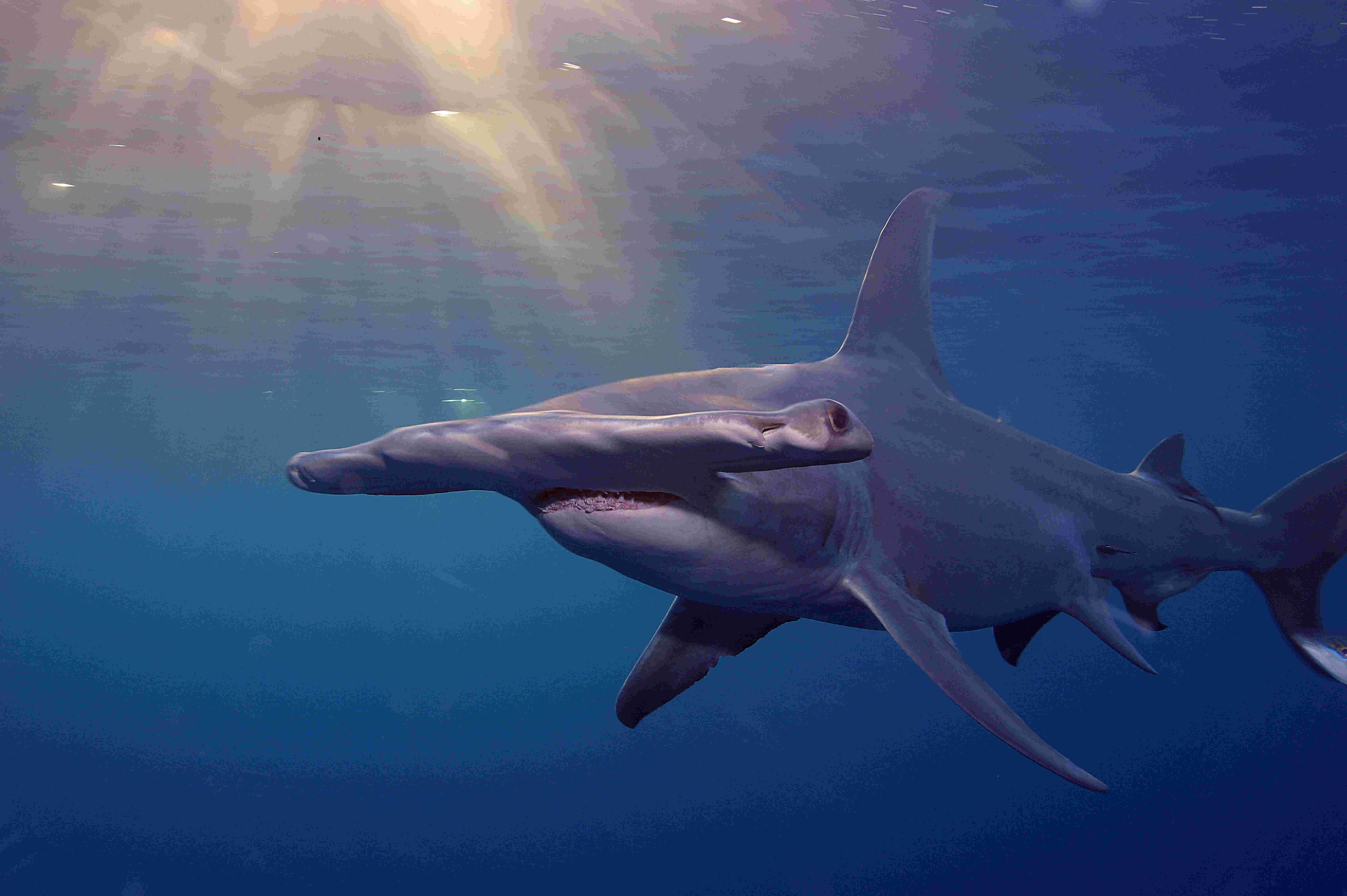

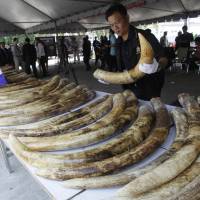
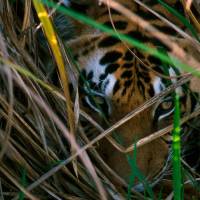
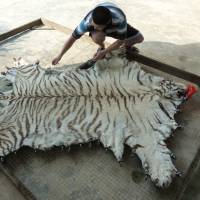
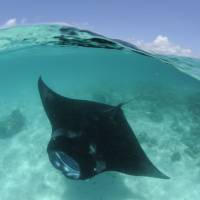
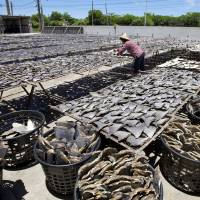














With your current subscription plan you can comment on stories. However, before writing your first comment, please create a display name in the Profile section of your subscriber account page.